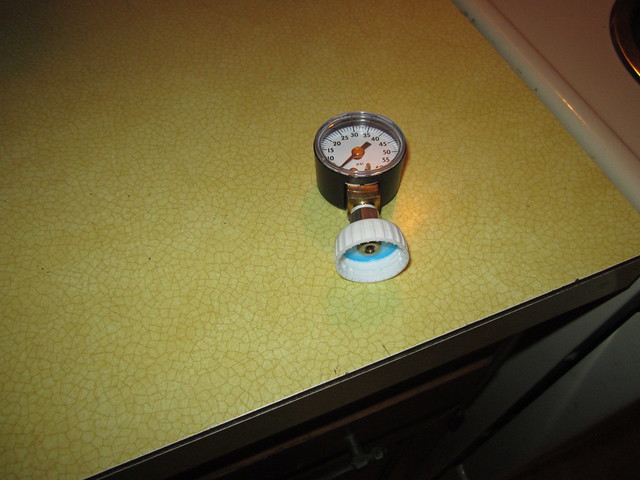I am not carefully following this thread, but I just did a few swing-top bottles and noticed that
some "burping" did begin to occur at ~60 C.
Things will depend upon the tension (adjust by bending the cage wires),
the CO2 content, head space and the time/temps involved.
There should be no need to use new seals each time; examine them visually and replace when they no longer have a healthy "spring".
Recall that in canning there is also outgassing taking place.
I could be wrong, but I think it is possible there isn't any real problem...
I think the level of carbonation that this works well with this -
is at the very bottom of the bubbly range. Keep it gentle!
If the bottle pushes foam out of the head upon opening - there is too much carbonation to pasteurize with a reasonable margin of saftey.
my 2 yenYMMV
I am just learning myself, but a few observations, fears are:
1. Gas rises. If the bottles are upright, under water,
then the burped gas should escape with no inflow of water...
but if they are upside-down, the head space gas will be where there is no exit, while the bottom pointing swing-tops will burp to exit your precious liquid into the heating water. I don't know if any of that water will sneak in or not, but nevertheless, the loss of fresh brew is not ideal.
2.
All of this is also probably true for crown cappped bottles as well... except perhaps eflux of liquids thru cork/plastic liners - not sure about how this works - people doing small scale pasteurization will probably have seen bubbles escaping from underwater bottles if it is occurring.
If anyone reading this has a friend where pasteurization is used daily, see what info/stories you can get











![Craft A Brew - Safale S-04 Dry Yeast - Fermentis - English Ale Dry Yeast - For English and American Ales and Hard Apple Ciders - Ingredients for Home Brewing - Beer Making Supplies - [1 Pack]](https://m.media-amazon.com/images/I/41fVGNh6JfL._SL500_.jpg)

















































